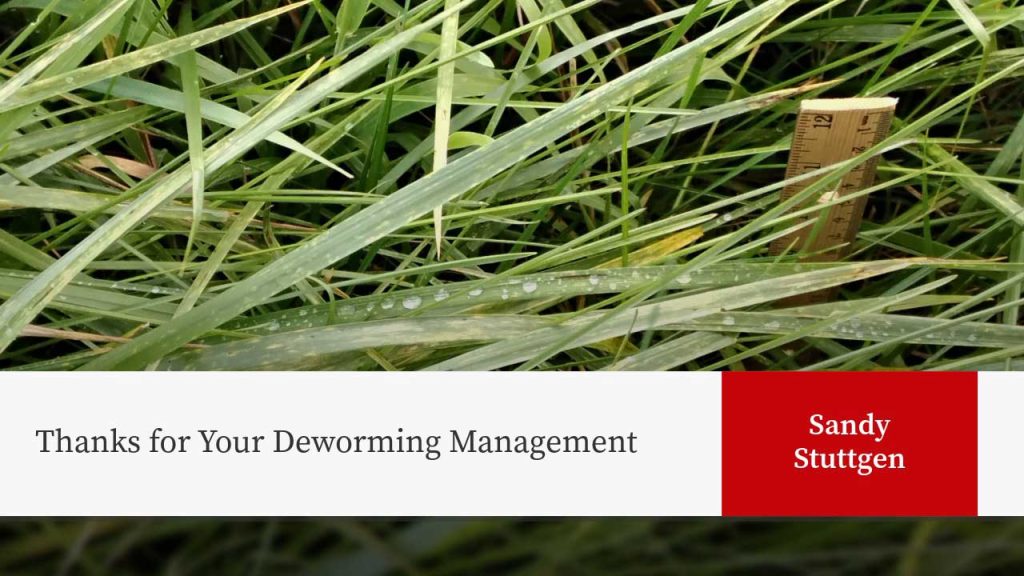
Listen to this article
Letter from your herd’s intestinal parasites
On behalf of intestinal helminth parasites everywhere, I would like to thank dairy and beef producers for hosting us in their cattle and on their pastures this summer. Despite your management efforts, we reproduced inside your cattle.
As a parasite, we relied on our host animal. We had no reason to kill them. Most producers didn’t notice the production we took from their animals. However, our slow but steady march to dewormer resistance continued without pause.
The popular pour-on macrocyclic lactone treatment many producers applied before grass turnout didn’t eliminate us. Parasitologists report that the current efficacy of macrocyclic lactone pour-on products is 70% or less, which means producers likely left 30% of us to keep reproducing. Even though producers switched brand names when applying pour-on treatments to cattle during the summer, we resisted that class of dewormer. Repeated treatment with the same deworming class killed a few of our sensitive members but left the resistant ones to survive and reproduce. They passed on their resistant genes, producing offspring that will overwinter on pasture to infect new animal’s next spring.
Previously treated survivors resist all the products included in the same deworming class used on them. There are three classes of dewormers. Macrocyclic lactones include brands like Ivomec®, Dectomax® and LongRange®. The benzimidazole class of anthelmintics includes Safeguard® and Valbazen®. The imidazothiazole class includes Prohibit® and Levasol®. I only mention these brand names for clarity. Switching brands within the class didn’t change the mode of action; but we appreciated the flavor change to our diet.
You could have seen how badly your deworming strategy failed if you had run fecal egg count reduction (FECR) tests. You could have reduced our numbers more effectively by switching to a different deworming class or using a combination of treatments by following the dosing instructions for each product. Advice from your veterinarian, nutritionist or Extension educator could have helped with your treatment strategies.
Typically, 3% of our eggs survive to adulthood. We compensate by producing lots of eggs. To give you an idea of our reproductive capacity, dewormer-resistant adult worms mate and shed dewormer-resistant eggs in manure. Fecal egg counting (FEC) results provide an estimate of the number of eggs per gram (EPG) of manure. Every 1 EPG can result in 15,000 eggs shed by one animal per day onto the pasture.
Most producers don’t follow Ray Kaplan, DVM, PhD, whose research focuses on measuring, understanding, and solving the problem of drug resistance in helminths. If they had, they might have heard him explain that if just one in one million worms are resistant, the resistance rate rises to one in 125 after13 treatments using the same dewormer class. Treatment failure becomes complete just six treatments later, when the resistant worms make up half the population.
Dr. Kaplan advised small ruminant producers not to rotate between dewormer classes because doing so accelerates dewormer failure. Instead, he says to identify which dewormer worked on the farm using FECR tests and to stay with it until the FECR showed the kill rate was no longer acceptable. He also recommended using combination treatments – correctly dosing one product from two different classes on the same day.
Fortunately for us, cattle producers didn’t seem to understand the refugia concept that small ruminant producers are embracing. To be fair, it was easier for us to cause visible symptoms in sheep and goats. Faced with unthrifty and dead animals and growing dewormer resistance, small ruminant producers more quickly adopted selective treatment and used diagnostics to assess parasite levels in their herds.
In case you haven’t heard the term, refugia means deliberately not treating some animals, so their helminths continue producing dewormer-sensitive offspring. The basic rules of genetics apply; when one resistant worm mates with one sensitive worm, about 50% of their offspring are dewormer-sensitive.

Your pasture management may have reduced the number of larvae your cattle consumed, but the only way to know is to run FECs this fall. You can deworm to try to knock us back before you host us overwinter. You will know your treatment’s effectiveness if you run FECR tests after a late fall combination treatment.
We hope producers will take too long to deworm us this fall. They often forget how we enter a resting state called hypobiosis inside animals during winter. It doesn’t make sense for us to use energy reproducing when our eggs can’t survive freezing. Many dewormers don’t affect us in this state. It’s better to treat us before we go dormant or wait until spring, when we become active again as temperatures rise.
I probably shouldn’t remind you, but if you wanted to build a better deworming strategy, visit https://livestock.extension.wisc.edu.
Evolution favored us. We look forward to your hospitality next summer.
Signed, your herd’s helminths
Written for Wisconsin Agriculturist Magazine, and published as Thanks for Your Deworming Mismanagement, Sept 2025 print edition.
Authors

Sandy Stuttgen
County Livestock Educator – Sandy is an associate professor with UW Division of Extension and serves as the agriculture educator for Taylor County. Her focus areas include cattle well-being and quality assurance programming, farm financial risk management, and farm succession.


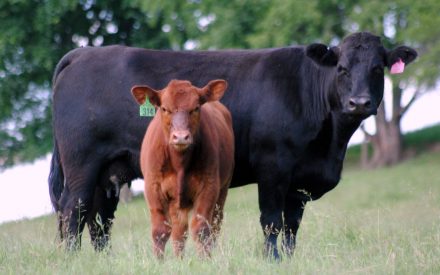 Managing worms on summer pastures
Managing worms on summer pastures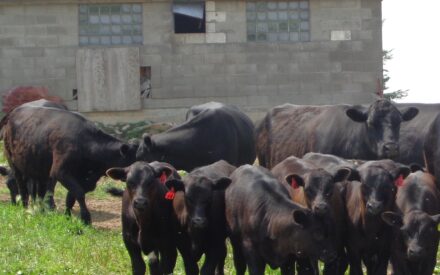 Should you deworm your cattle this fall?
Should you deworm your cattle this fall?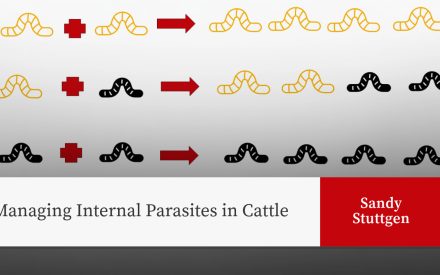 Managing Internal Parasites in Cattle
Managing Internal Parasites in Cattle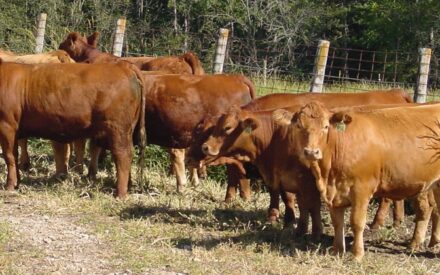 Herd Additions Are Risky: How to Mitigate Biosecurity Risk
Herd Additions Are Risky: How to Mitigate Biosecurity Risk


